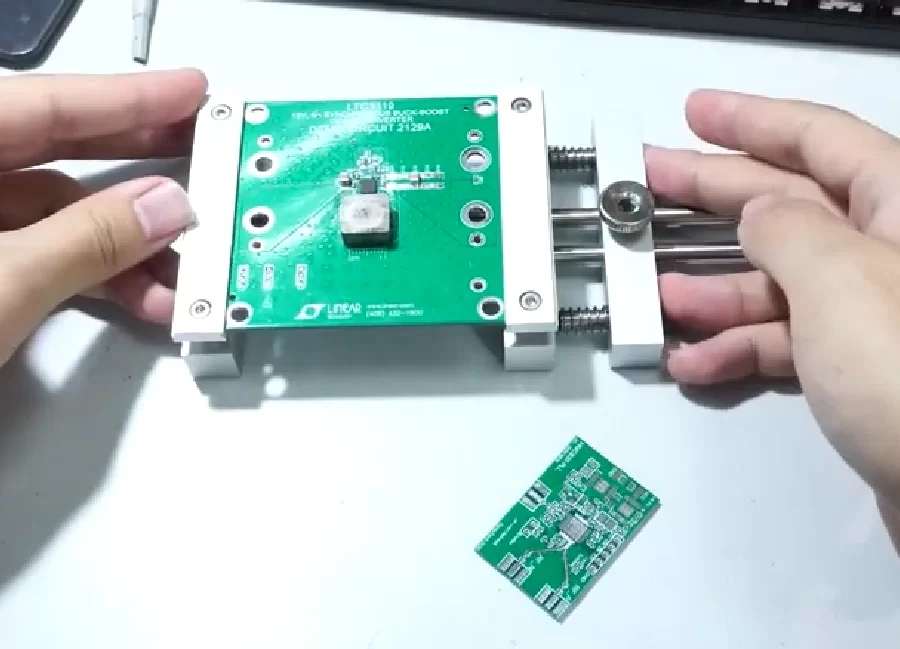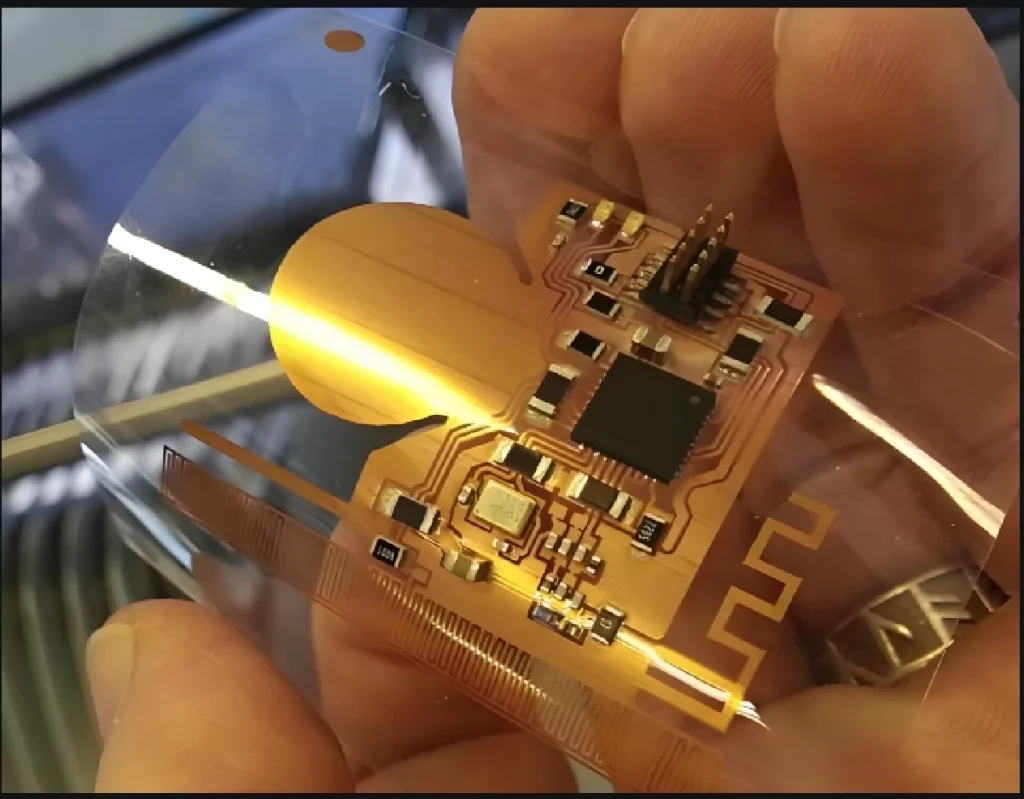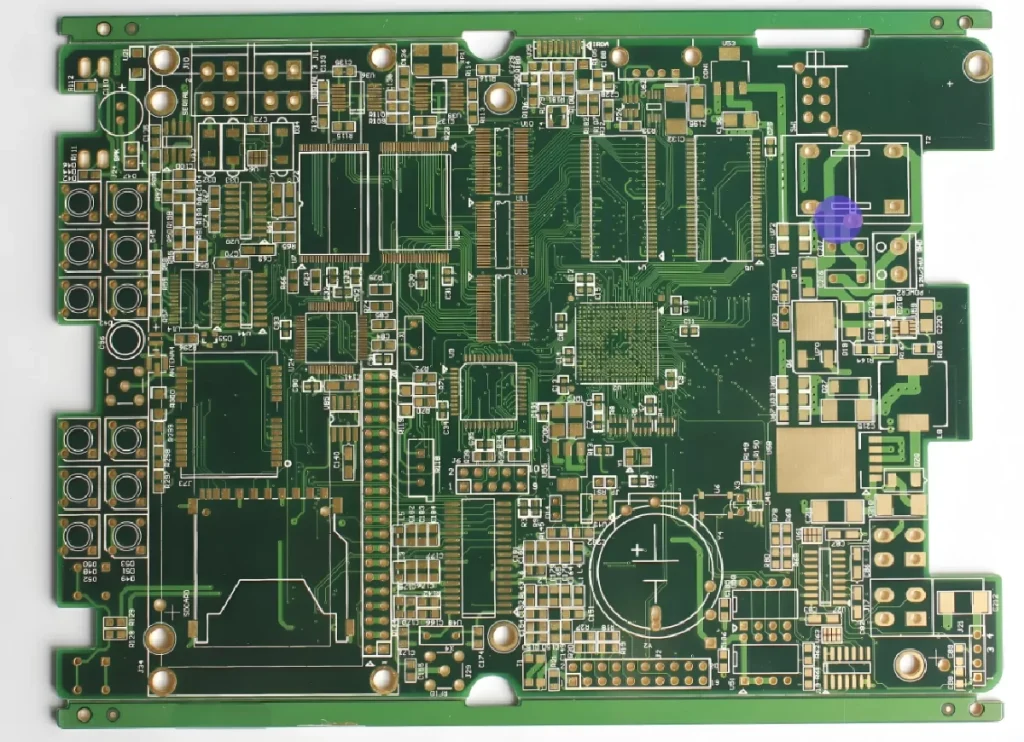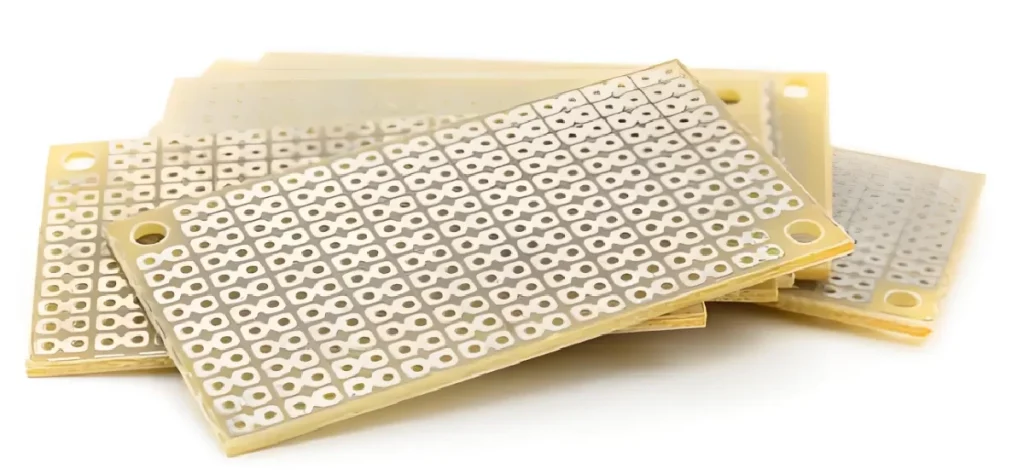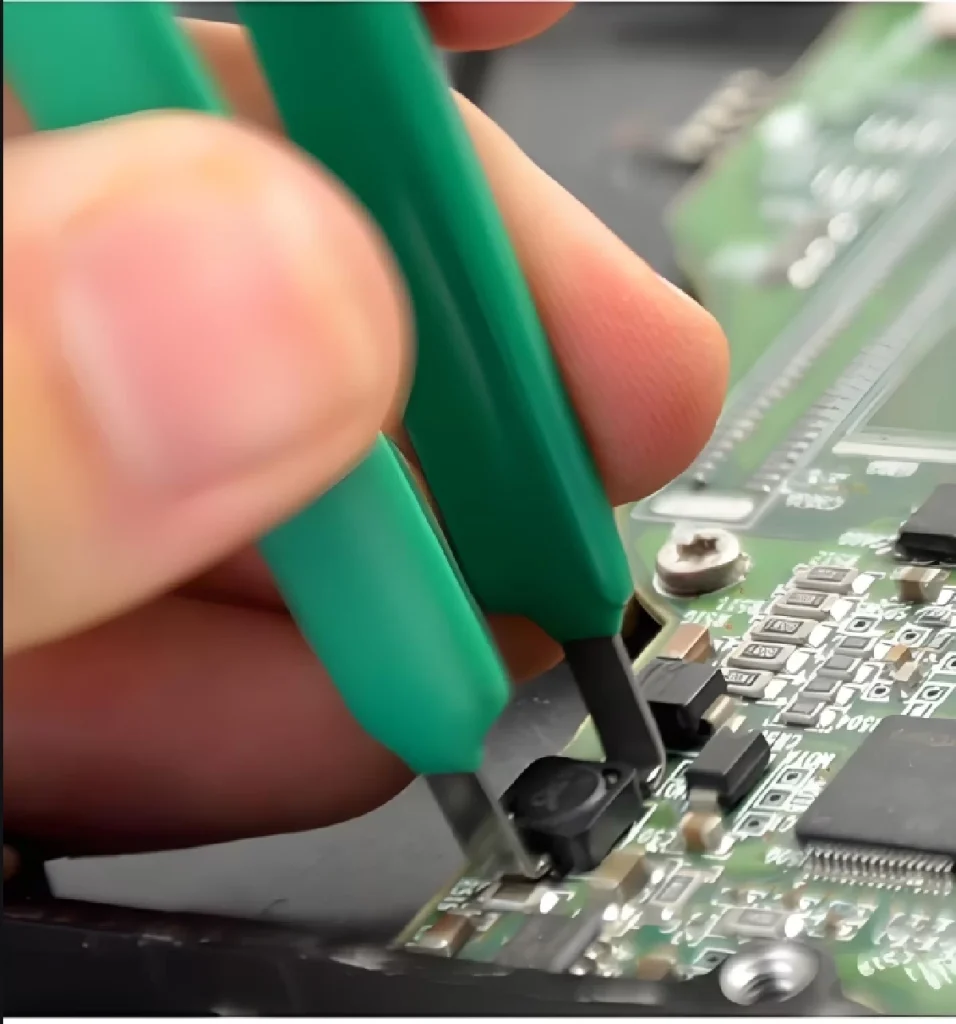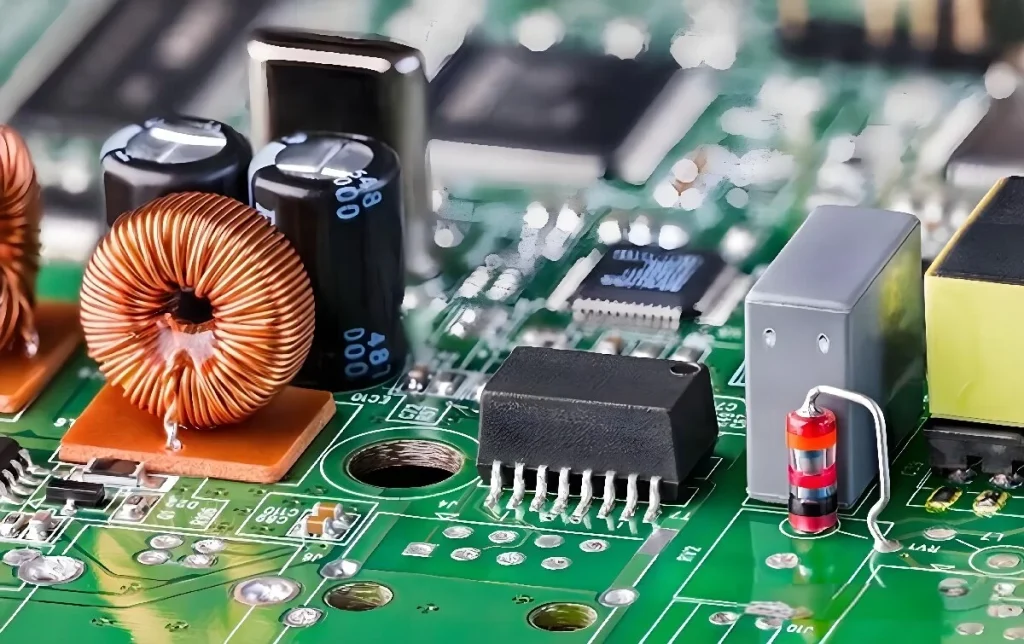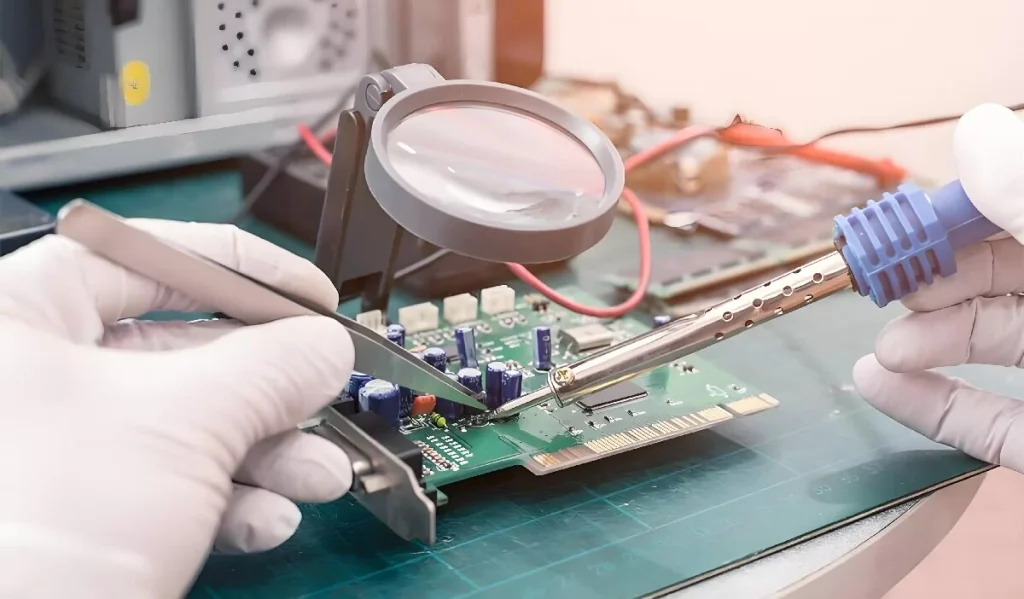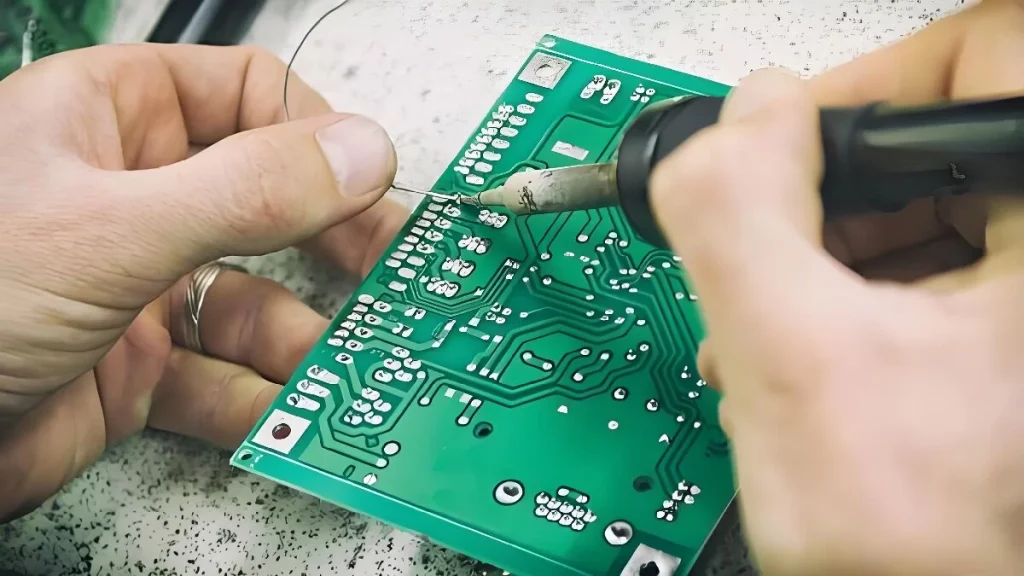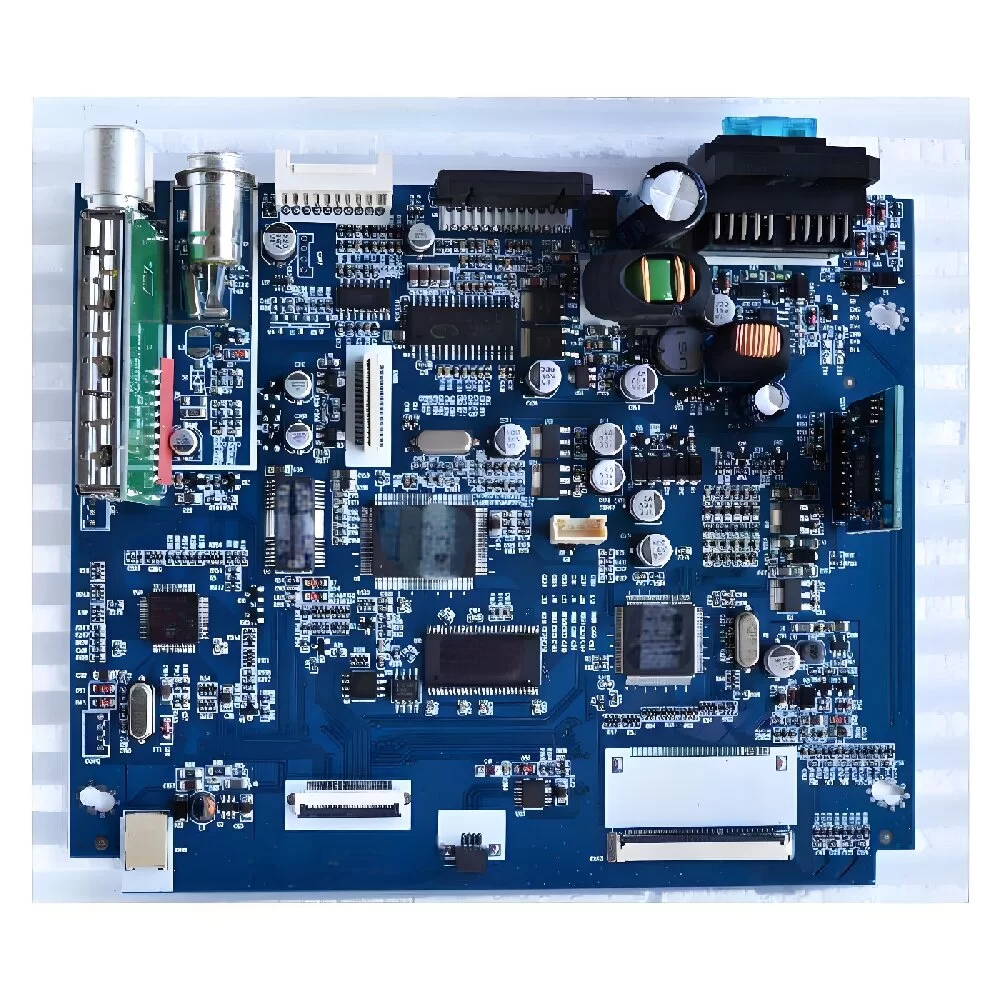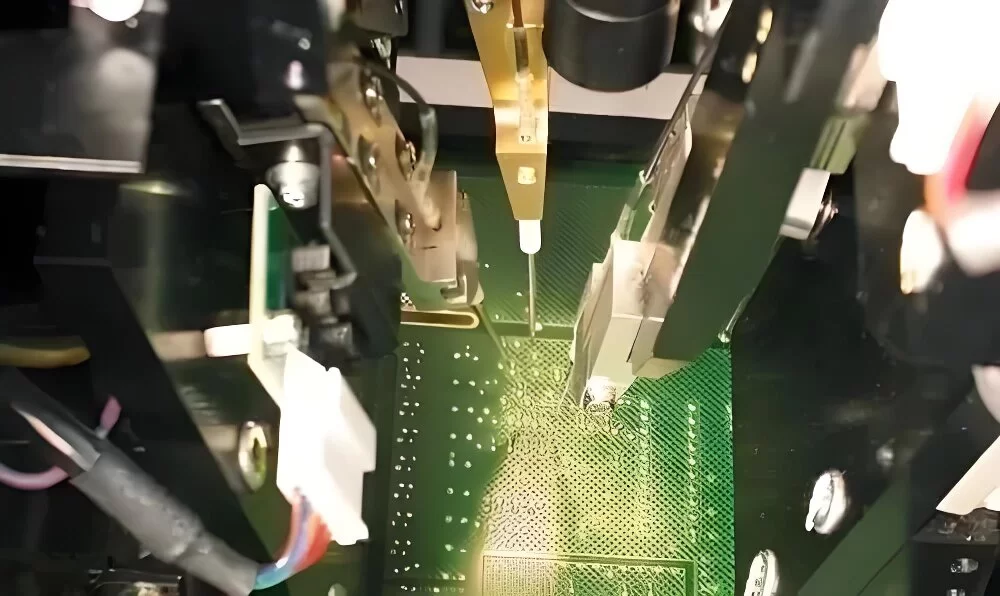Arlon Electronic Materials Overview
Arlon Electronic Materials is a distinguished name in the realm of high-performance electronic materials, particularly within the domain of printed circuit boards (PCBs). The company’s extensive portfolio and commitment to innovation make it a key player in the electronics industry. This article delves into Arlon’s product offerings, their impact on various sectors, and the technological […]

